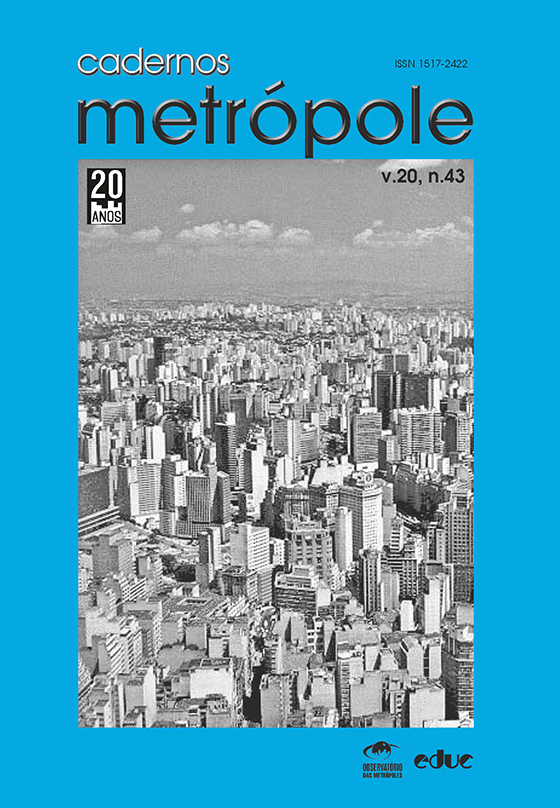The capitalist world-system and new geopolitical alignments in the 21st century: a prospective view
Keywords:
world-system, geopolitics, bifurcation, United States, BRICSAbstract
In this article, we point out the main characteristics of the contemporary world scenario, its cyclical and secular tendencies, the dominant power configurations, the anti-systemic forces, the new geopolitical alignments they give rise to, and the bifurcation of power that is drawn for the next years. Since 1994, we have been experiencing Kondratiev’s phase of expansion, which is linked to two long-term descending movements: phase B of the United States’ systemic cycle, marked by the crisis of this hegemony, initiated in 1970, and the civilizational crisis of the capitalist mode of production, with the emergence of the scientifictechnical revolution. Such combination brings very specific characteristics to the long cycle of expansion that we have been experiencing.Downloads
Published
2018-12-19
How to Cite
Martins, C. E. (2018). The capitalist world-system and new geopolitical alignments in the 21st century: a prospective view. Cadernos Metrópole, 20(43), 673–696. Retrieved from https://revistas.pucsp.br/index.php/metropole/article/view/2236-9996.2018-4303
Issue
Section
Artigos
License
A revista não tem condições de pagar direitos autorais nem de distribuir separatas.
O Instrumento Particular de Autorização e Cessão de Direitos Autorais, datado e assinado pelo(s) autor(es), deve ser transferido no passo 4 da submissão (Transferência de Documentos Suplementares). Em caso de dúvida consulte o Manual de Submissão pelo Autor.
O conteúdo do texto é de responsabilidade do(s) autor(es).


